Knob Thorn Tree
- November 14, 2024
- 0 comment
The Knob Thorn Tree, scientifically known as Senegalia nigrescens, is a unique and essential part of African ecosystems. Known for its characteristic thorny knobs on the bark, this tree plays a significant role in supporting biodiversity, soil health, and animal life across its native habitats.
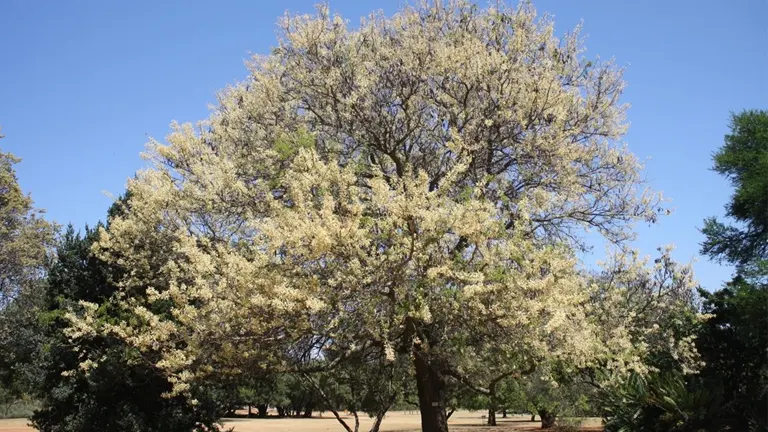
Its presence contributes to soil stabilization and supports numerous animal species, from large herbivores to insects. As a resilient and ecologically beneficial tree, the Knob Thorn is important for both environmental balance and conservation.
What Is a Knob Thorn Tree?
The Knob Thorn Tree (Senegalia nigrescens) is a medium to large deciduous tree that belongs to the Fabaceae family, which includes legumes and other nitrogen-fixing plants. This classification underlines the tree’s role in enriching soil nitrogen, making it essential to the ecosystem. Growing up to 18 meters tall, the Knob Thorn is named for the small, distinctive thorny “knobs” that cover its bark, offering a unique defense against herbivores.
Key characteristics of the Knob Thorn include:
- Leaves: Small, bipinnate leaves that help reduce water loss and adapt to the dry environments.
- Bark: Dark, rough, and covered in thorny knobs, which deter herbivores from feeding on it.
- Flowers: The tree produces yellow, cylindrical flower spikes that are highly attractive to pollinators.
This tree also plays a role in soil health by fixing nitrogen, thus enhancing soil fertility and benefiting surrounding plant life. With a long lifespan of several decades, it provides sustained support to its native ecosystems.
Knob Thorn Tree Species
The Senegalia nigrescens species is the most commonly known Knob Thorn, yet several varieties exhibit slight differences in height, structure, or bark texture. Within the same geographical region, some Knob Thorn species may exhibit subtle adaptations to their specific microenvironments, such as minor variations in leaf structure to maximize water conservation or root systems to anchor in sandy soils.
Senegalia Mellifera (Black Thorn)
Though smaller than S. nigrescens, this species also has thorns and is adapted to arid and semi-arid environments. It provides dense foliage, making it a vital source of food and shelter for wildlife in harsher climates.

Each species variant contributes to the ecological diversity of African savannas and bushveld, where they often stand among other iconic tree species. The Knob Thorn’s ability to coexist with other plants enhances habitat complexity and promotes biodiversity.
Where Do Knob Thorn Trees Grow?
Knob Thorn Trees are native to sub-Saharan Africa, primarily found in savannas, bushlands, and semi-arid regions of countries like South Africa, Botswana, Namibia, and Zimbabwe. They thrive in open areas with full sun exposure and well-draining soils.
These trees are well-adapted to both tropical and arid climates, often withstanding long dry seasons and intense sunlight. The Knob Thorn’s extensive root system allows it to access deep water sources, helping it survive even during droughts. By anchoring soils and preventing erosion, the Knob Thorn also aids in stabilizing its environment, contributing to the ecological health of the region.
How to Grow and Care for Knob Thorn Tree
Growing a Knob Thorn Tree can be rewarding for gardeners interested in native or drought-tolerant plants. To grow this tree:
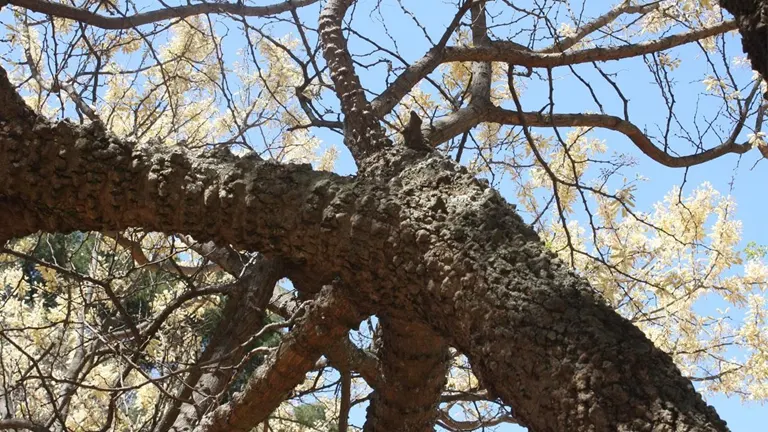
- Soil: Knob Thorns prefer sandy, well-drained soils.
- Sunlight: They require full sunlight and will not thrive in shaded areas.
- Water Needs: Though drought-tolerant, young trees should be watered consistently until established.
To propagate the Knob Thorn, seeds can be planted, although scarification (lightly damaging the seed coat) may improve germination rates. Once established, these trees require minimal care beyond occasional pruning to remove dead branches.
Ecological Benefits of Knob Thorn Tree
The Knob Thorn Tree contributes significantly to the ecosystem by:
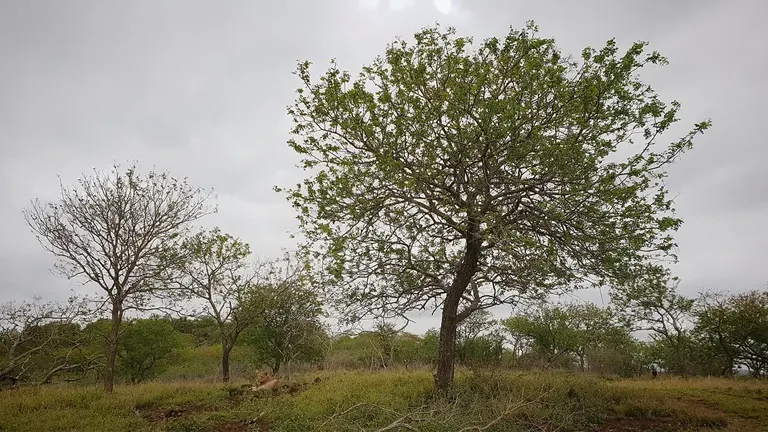
- Improving Soil Quality: As a nitrogen-fixer, it enhances soil fertility, benefiting surrounding plant life.
- Preventing Erosion: Its root system helps bind the soil, especially important in arid landscapes prone to wind erosion.
- Supporting Wildlife: The Knob Thorn provides food and shelter to numerous species, promoting local biodiversity.
The presence of the Knob Thorn Tree enriches its environment, fostering a balanced ecosystem that supports other plants and animals.
Knob Thorn Tree Flowering and Pollination
Knob Thorns typically flower in spring, producing cylindrical spikes of small yellow flowers. These blooms are not only visually striking but also serve a critical ecological function. The flowers emit a faint fragrance, attracting bees, butterflies, and other pollinators. As a result, the Knob Thorn plays a crucial role in supporting the reproduction of other native flora through cross-pollination.
Is Knob Thorn Tree Drought-Tolerant?
Yes, the Knob Thorn is highly drought-tolerant. Its ability to conserve water makes it well-suited for arid and semi-arid environments. The tree’s root system reaches deep water sources underground, allowing it to survive prolonged dry spells. This resilience makes the Knob Thorn valuable in reforestation efforts in dry regions.
For gardeners, this drought-tolerance also makes the Knob Thorn a low-maintenance choice, especially in climates with limited rainfall. However, it is essential to water young trees regularly until they are fully established.
Knob Thorn Tree and Wildlife Interactions
The Knob Thorn Tree is a vital component of African wildlife ecosystems. It serves as a food source for several large herbivores, including giraffes and elephants, who feed on its leaves, bark, and pods. In turn, these animals often help with seed dispersal, ensuring the propagation of the Knob Thorn.
Birds also use this tree as a nesting site, taking advantage of its height and thorny branches for protection from predators. Various insects, such as bees, are attracted to its flowers, making it a hub for pollinator activity.
Conclusions
In summary, the Knob Thorn Tree (Senegalia nigrescens) holds significant ecological and environmental importance. Its role in soil health, erosion control, and wildlife support make it a keystone species in African savannas. As a drought-tolerant, nitrogen-fixing tree, it contributes to a resilient ecosystem that can withstand environmental pressures, such as climate change and habitat loss. Efforts to conserve and promote the Knob Thorn Tree are essential to preserving Africa’s rich biodiversity and ensuring the health of its ecosystems for future generations.
Frequently Asked Questions (FAQs)
- What is the Knob Thorn Tree?
The Knob Thorn Tree (Senegalia nigrescens) is a medium to large deciduous African tree, known for its thorny bark and role in enriching soil and supporting wildlife in savanna ecosystems. - Where does the Knob Thorn Tree grow naturally?
It grows in sub-Saharan Africa, mainly in savannas and semi-arid regions, and is well-adapted to hot, dry climates. - What are the unique features of the Knob Thorn Tree?
Key features include small, bipinnate leaves, thorny knobs on its dark bark, and yellow cylindrical flowers that attract pollinators. - How does the Knob Thorn Tree benefit its ecosystem?
It improves soil quality by fixing nitrogen, prevents erosion with its roots, and provides food and shelter to various animals and insects. - When does the Knob Thorn Tree flower, and why is it important?
It flowers in spring, producing yellow blooms that attract bees and other pollinators, which aid in the reproduction of nearby plants. - Is the Knob Thorn Tree drought-tolerant?
Yes, it has deep roots for accessing groundwater, making it highly drought-tolerant and suitable for dry climates. - What wildlife depends on the Knob Thorn Tree?
Herbivores like giraffes and elephants eat its leaves and bark, while birds nest in its branches, and insects rely on its flowers for food. - Can you grow a Knob Thorn Tree in a garden?
Yes, it can be grown in sunny areas with well-drained soil. Young trees need regular watering until established, but mature trees require minimal care.
We hope this guide has highlighted the Knob Thorn Tree’s essential role in supporting biodiversity and soil health. Have experiences with this tree or ideas for conservation? Share below to inspire others. And don’t forget to share this guide with those interested in protecting our natural ecosystems.


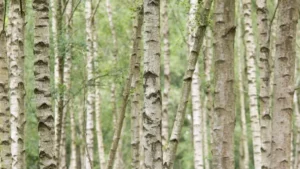
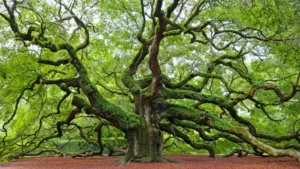
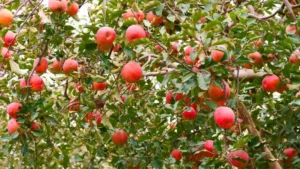
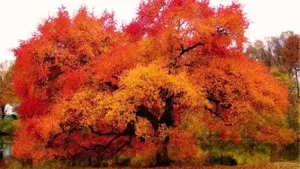
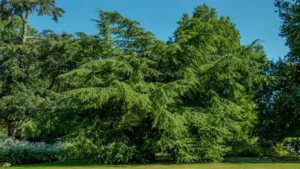
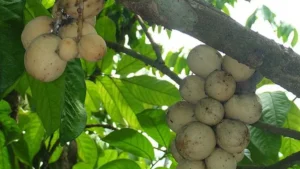
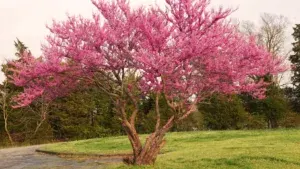
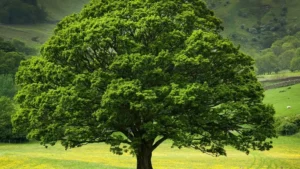




Leave your comment